Laboratory refractometers serve as sophisticated devices designed to measure the refractive index of a sample with exceptional accuracy. They operate based on the principle of total internal reflection, utilizing prisms, lenses, and light sources to analyze the behavior of light as it interacts with the sample.
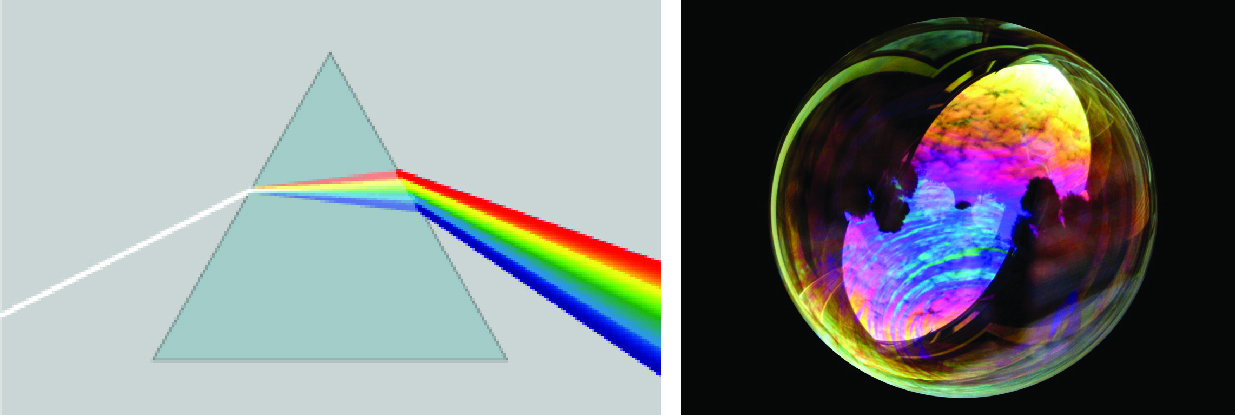
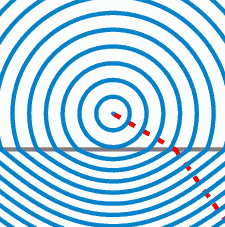
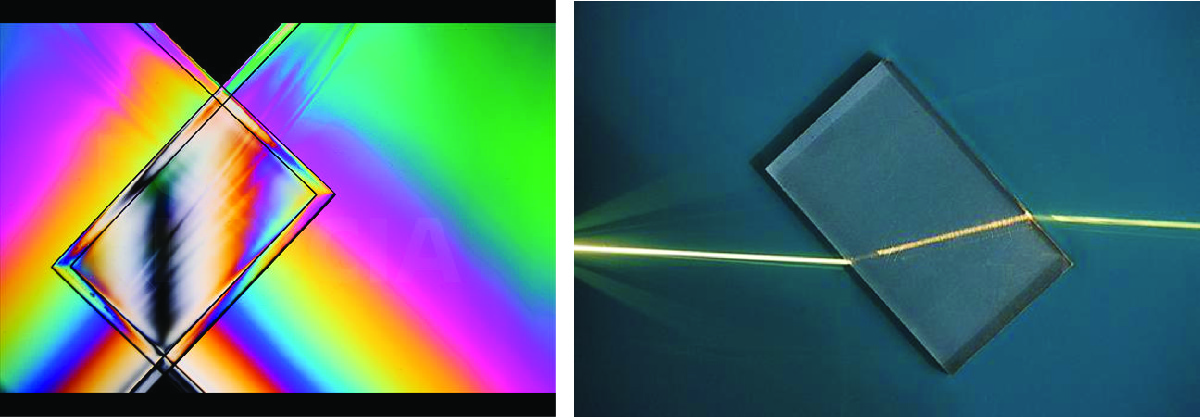
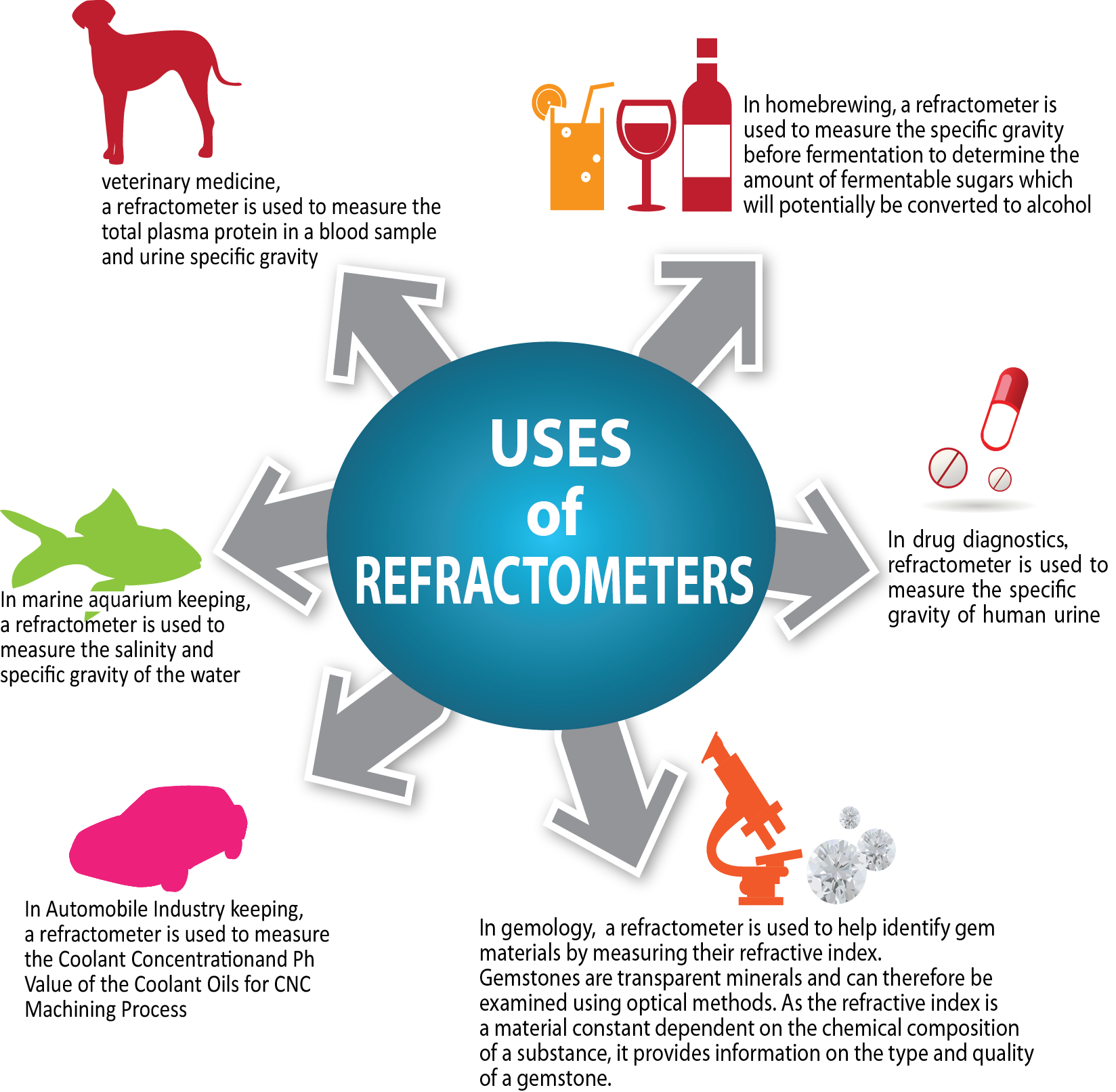
Applications
The versatility of laboratory refractometers renders them indispensable across various industries:
Chemical Industry: In chemical laboratories, refractometers aid in determining the purity and concentration of solutions, facilitating precise measurements critical for chemical synthesis, reaction monitoring, and quality assurance.
Pharmaceutical Industry: Pharmaceutical companies utilize refractometers to assess the concentration of active ingredients in medications, ensuring compliance with regulatory standards and enhancing product efficacy and safety.
Food and Beverage Industry: Refractometers are important in the food and beverage industry, enabling the analysis of sugar content, moisture levels, and other parameters vital for product formulation, quality control, and shelf-life determination.
Research and Development: In research laboratories, refractometers are instrumental in studying the optical properties of various materials, investigating phase transitions, and developing novel formulations and processes.
Automatic Refractometer
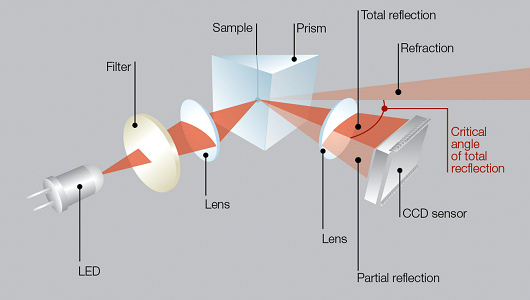
Watch: How to use a refractometer https://www.youtube.com/watch?v=Qd9uJ9JitJw